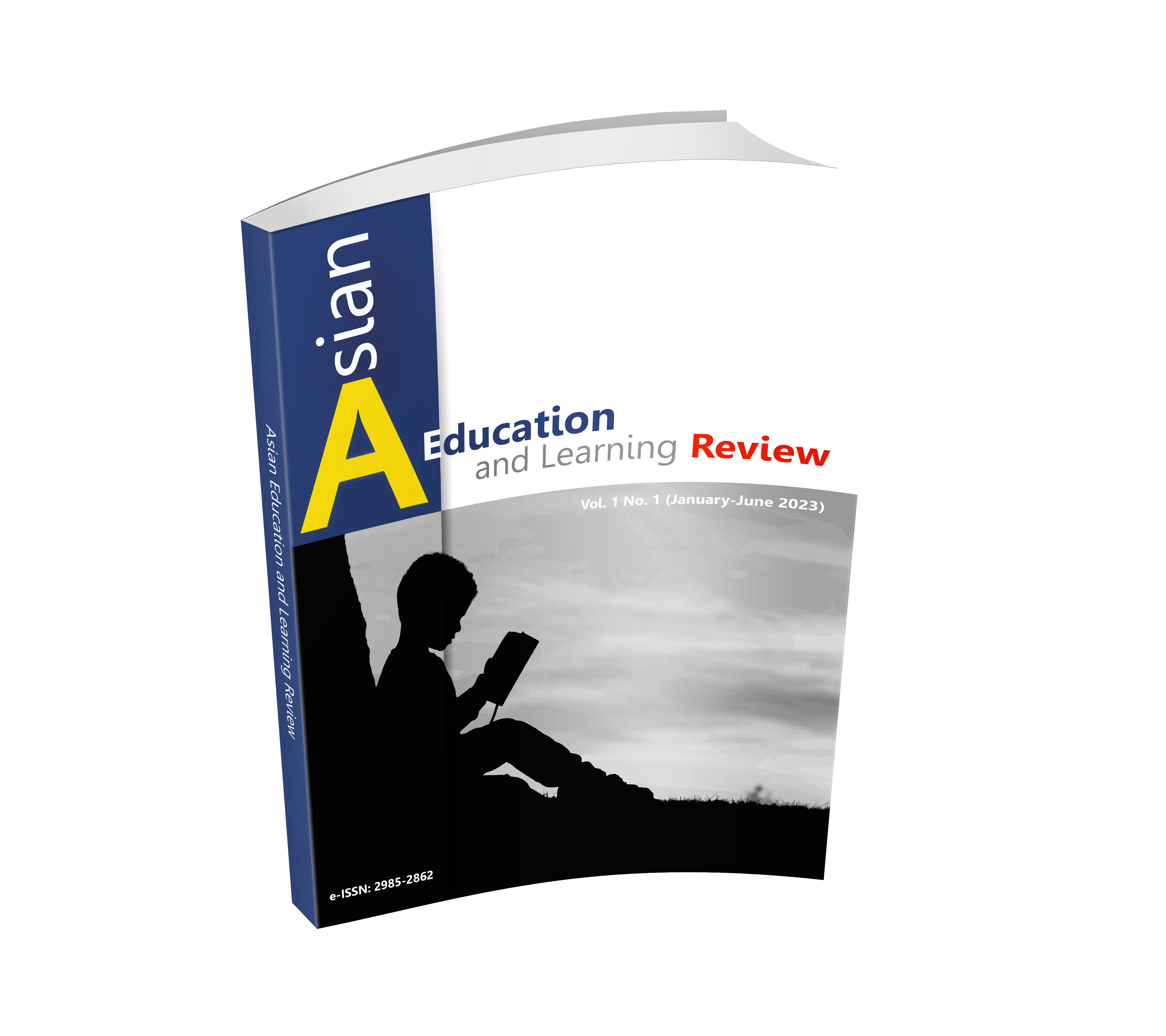THE EFFECT OF LANGUAGE LEARNING PAGES OF INSTAGRAM ON STUDENTS’ LISTENING COMPREHENSION ACROSS FIRST LANGUAGE VS. SECOND LANGUAGE
DOI:
https://doi.org/10.14456/aelr.2023.1Keywords:
Listening Comprehension, Instagram, Teaching, Process-Based Learning, CognitiveAbstract
This study was an endeavor to examine the impact of Instagram pages for teaching listening comprehension using first language vs. second language as means of providing instructions and background knowledge on Iranian EFL learner's listening comprehension. The purpose of this study was to ensure significant differences between the effect of L1 and L2 on students listening comprehension. To examine such a distinction 60 female participants ranging from 21-35 years old were selected from the entire followers of Instagram pages “m.goodarzi.english” and “English_with_f.r.i.e.n.d.s” in which the former provided instruction in Persian language, participants’ first language, and the latter used instructions in English as second language of participants. This study was an experimental research and data were collected from eligible students (38 individuals) who were selected after Preliminary English Test. Pretest of listening was administered to examine homogeneity of students in the two experimental groups and result indicated there is no significant difference between the two groups. Participants which were the two experimental groups, each group included 19 students who participated in 6 months of exposure to Instagram learning audio files. The posttest of listening was performed and scores were obtained and analyzed using SPSS 20.0. The homogenizing test of PET was examined using Kolmogorov-Smirnov test. Result showed that with 95% confident there was no significant difference between applications of the two languages for listening instruction, but there was a significant relationship between exposition to Instagram pages and participants’ listening comprehension scores and the size of this effect was 94.7% due to 6 months of treatment.
Downloads
References
Afzal, S. (2013). Using of the First Language in English classroom as a way of scaffolding for both the students and teachers to learn and teach English. International Research Journal of Applied and Basic Sciences, 4(7), 1846-1854.
Barnard, R., & Campbell, L. (2005). Sociocultural theory and the teaching of process writing: The scaffolding of learning in a university context. The TESOLANZ Journal, 13, 76-88.
Cook, V. (2001). Using the first language in the classroom. The Canadian Modern Language Review, 57(3), 402-423.
Hayashi, C. (2005). Scaffolding the academic writing process: A focus on developing ideas. A paper presented at the 4th JALT PanSIG Conference, Tokyo Keizai University, Japan.
Hedge, T. (2000). Teaching and learning in the language classroom. Oxford: Oxford University Press.
Khalitova, L., & Gimaletdinova, G. (2016). Mobile Technologies in Teaching English as a Foreign Language in the Higher Education: a case Study of Using Mobile Application Instagram. A paper presented at the 9th International Conference of Education, Research and Innovation, Seville, Spain.
Larsen-Freeman, D. (2000). Techniques and Principles in Language Teaching. (2nd ed.). Oxford: Oxford University.
Mahmoud, S. (2017). Activating Students' Background Knowledge and Achievement in EFL Listening Comprehension. American Journal of Education and Learning, 2(2), 180-189.
Morahan-Martin, J., & Schumacher, P. (2007). Attitudinal and experiential predictors of technological expertise. Computers in human behavior, 23(5), 2230-2239.
Schweers, C. (1999). Using L1 in the L2 Classroom. English Teaching Forum, 37, 6-13.
Wells, G. (1999). Dialogic inquiry: Towards a sociocultural practice and theory of education. Cambridge: Cambridge University Press.

Downloads
Published
How to Cite
Issue
Section
License
Copyright (c) 2023 Authors

This work is licensed under a Creative Commons Attribution-NonCommercial-NoDerivatives 4.0 International License.






.png)


